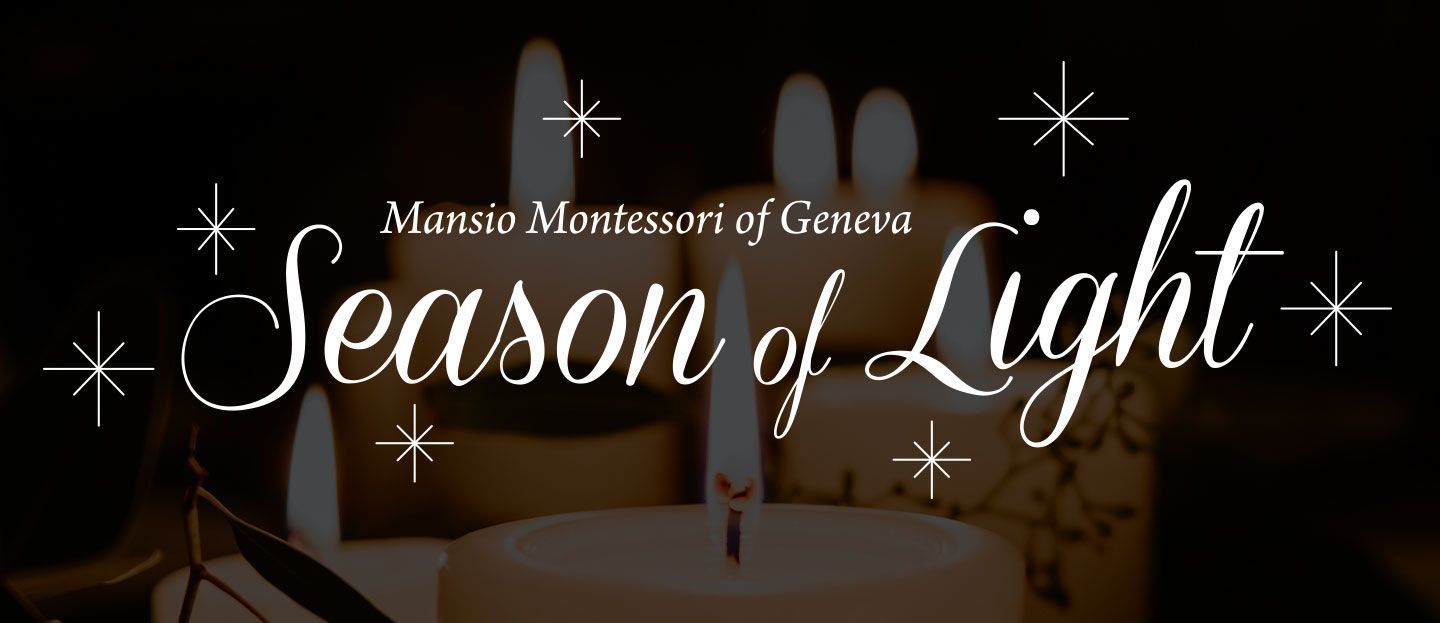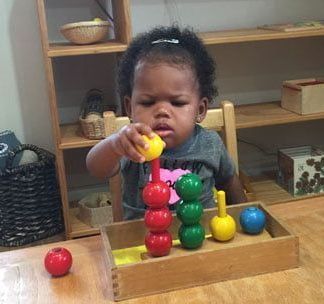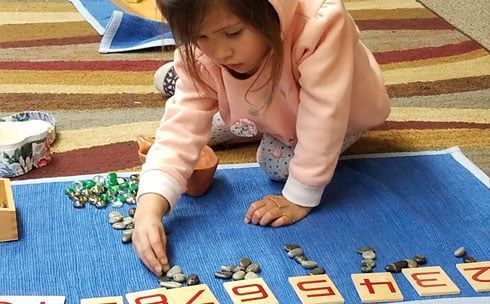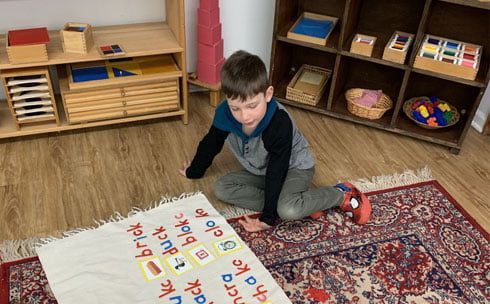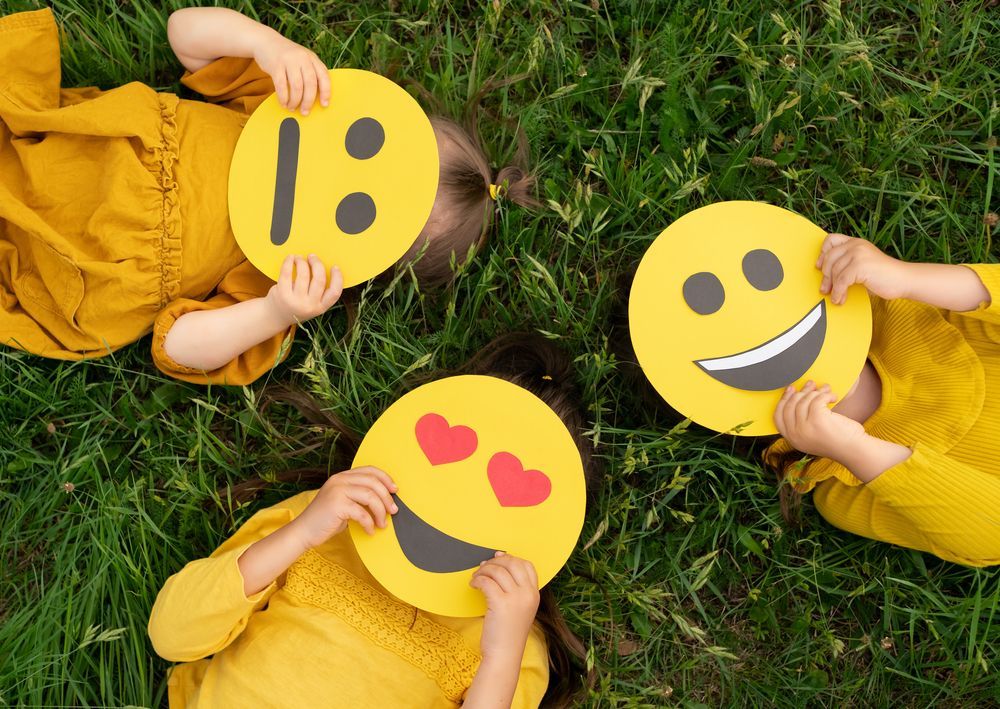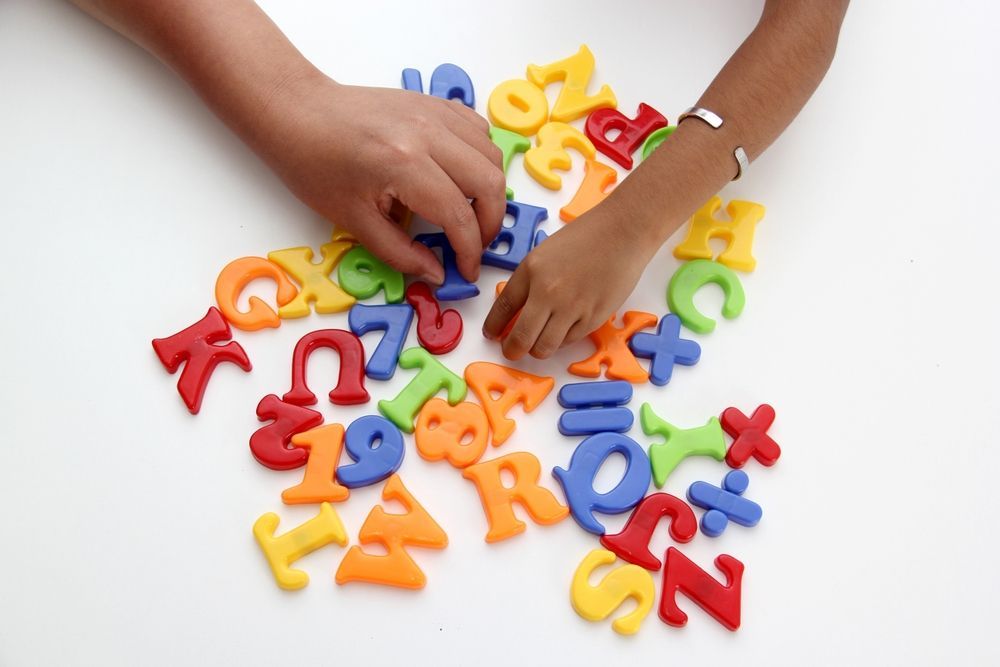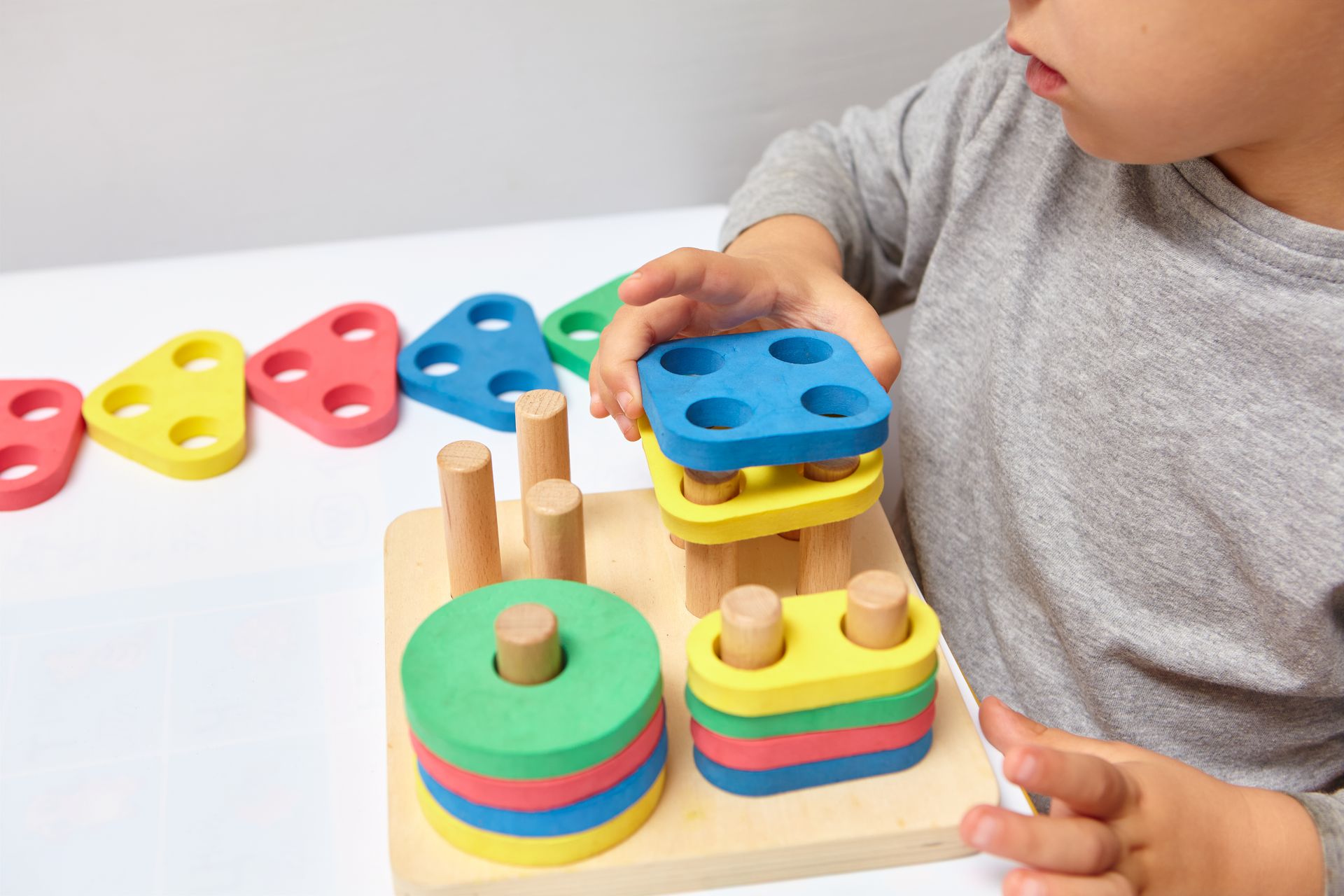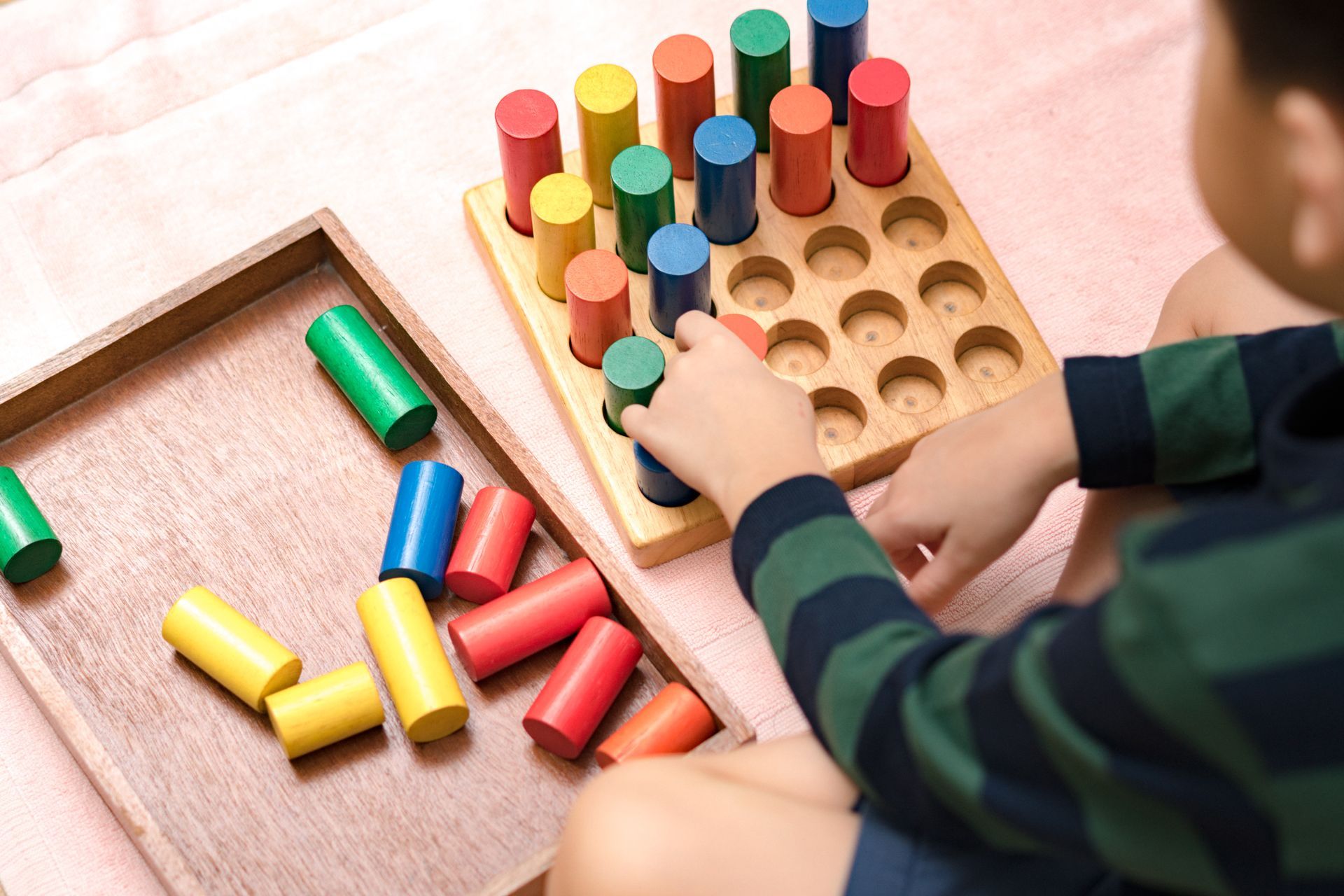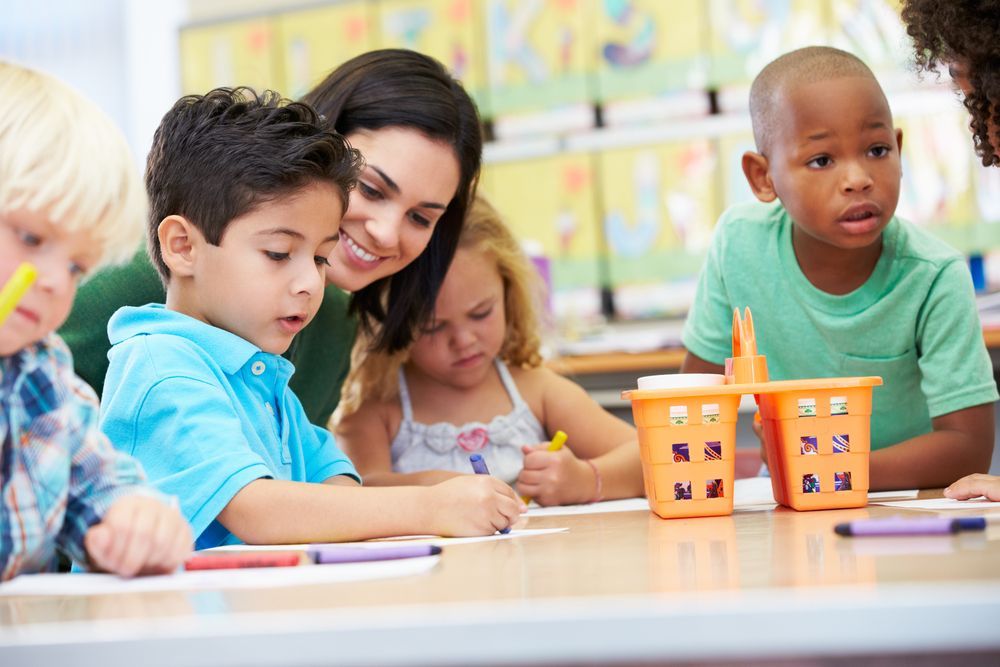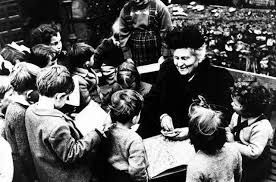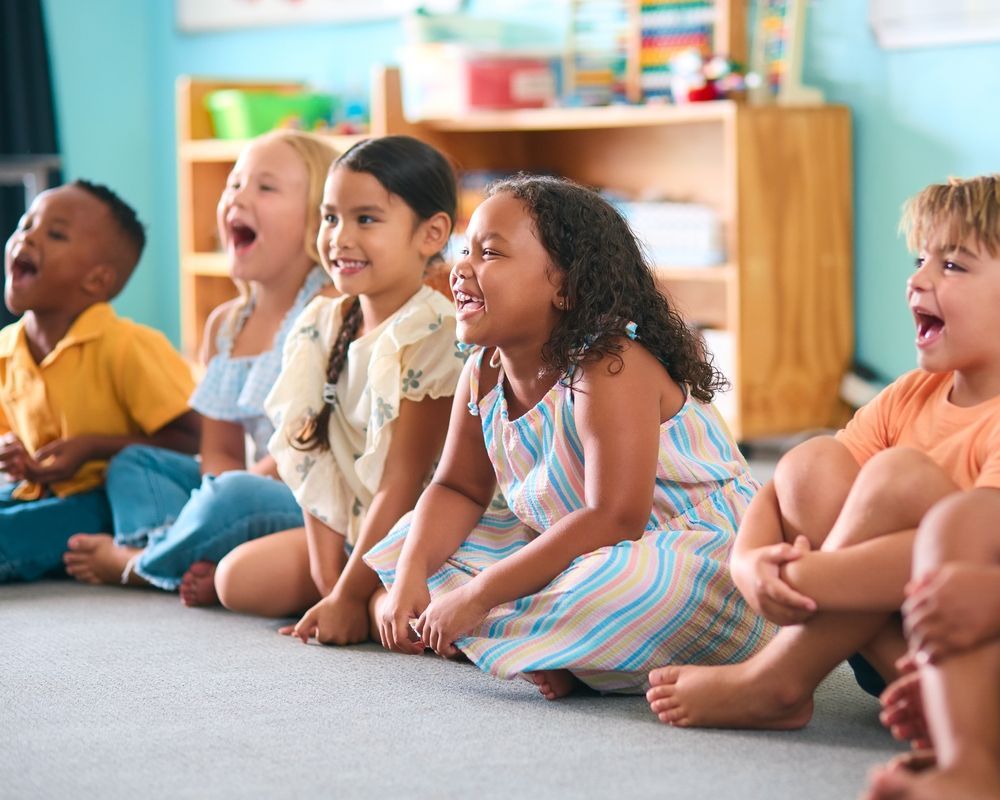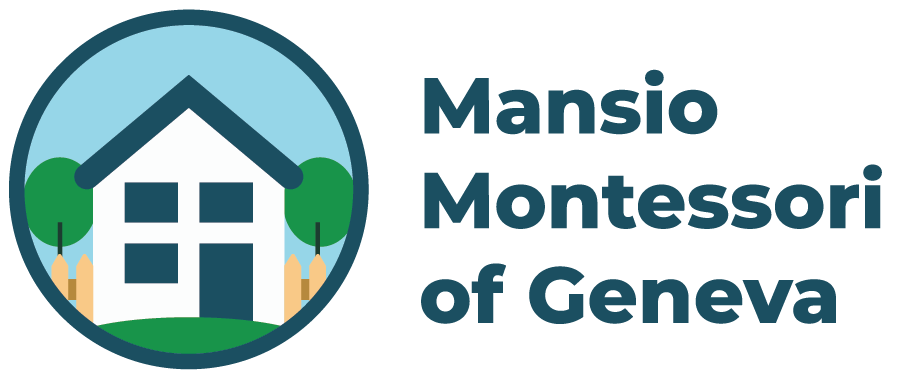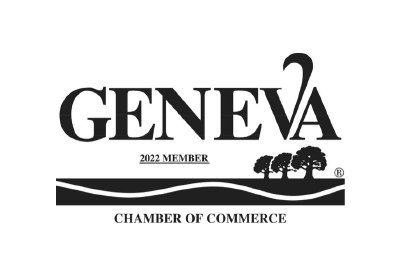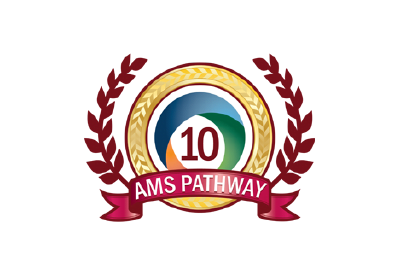Who Was Maria Montessori?
Share this Article:

Montessori education is vastly different in form and style than traditional educational methods. For many parents and children alike, it provides a far more enjoyable and higher quality of learning than the typical classroom. It all stems from the concepts developed by Maria Montessori. Who was Maria Montessori, and why should you consider her approach to your children’s education?
Who Was Maria Montessori?
Maria Montessori was a noted Italian educator who lived between 1870 and 1952. She initially applied the Montessori Method, as it would later be called, to Italian primary education schools, but its success and perspective were so unique and effective that it quickly spread throughout the world.
Maria Montessori received a degree from the University of Rome in 1896, but it was a degree in medicine. A year later, she made the decision to work in the Department of Psychiatry at that university, and that’s what drove her early on. She spent much of her time studying special-needs children. Her initial work focused on better understanding special needs children, and she was one of the first to believe that their limitations were not a medical problem but rather one that stemmed from their education.
So profound was her passion for this understanding that she would talk about them at the 1898 Turin Educational Conference. After this, she was tasked with designing a specific educational course for children in the country with special needs. She would launch her educational method and led the Orthophrenic School for two years, deploying it.
History of Maria Montessori
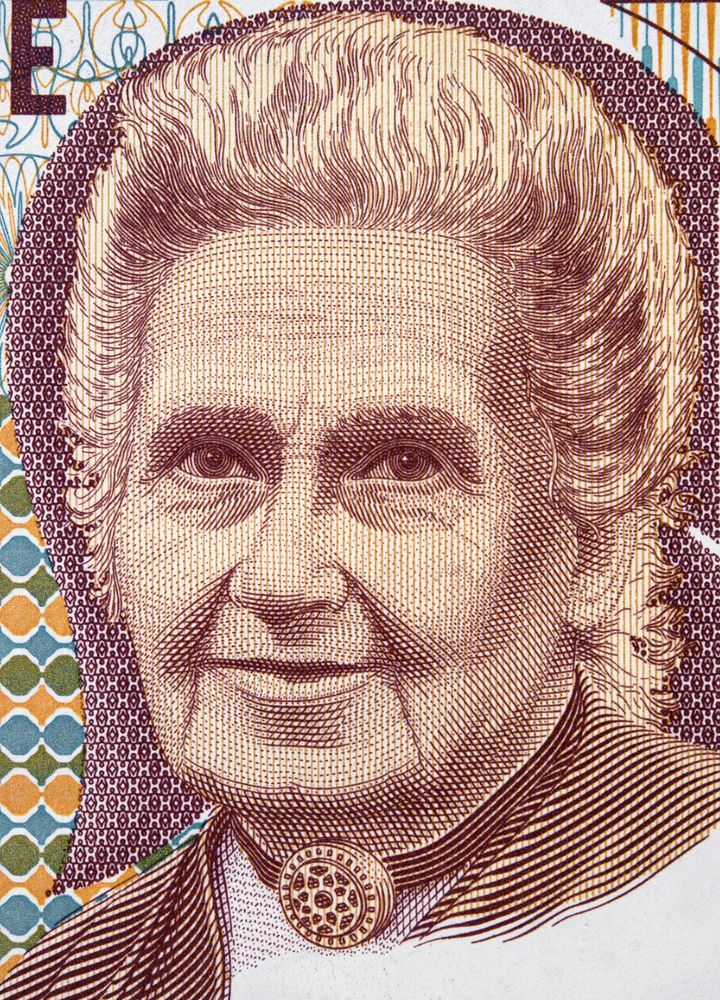
Maria Montessori’s history doesn’t stop there. She went to London and then Paris to pursue her education, attending courses in philosophy and experimental psychology. Her focus was direct. She believed that children needed a far different style of teaching than what was happening at that point. She believed that educating children needed to have a scientific, somatic, as well as physiological application to it.
After studying for several years, she opened the first “Children’s House” in 1907 in Rome. The school was in the region’s working-class neighborhoods and did well. She launched a second location as well. She went on to publish the Montessori Method several times, translated into numerous languages. The method wasn’t just for children with special needs but also those of all educational abilities.
Montessori Teaching
At the heart of what Maria Montessori did was to break down some of the most challenging educational barriers facing children with special needs. As she opened her school and continued to travel the world educating about her model, she turned the heads of many people frustrated with the lack of success in the traditional educational setting.
The development of the Montessori Method came after careful study and the use of the scientific method. She observed, questioned, and developed methods of learning that seemed to produce better results. Ultimately, many of the children who followed this method saw significant and unexpected gains from it. That led to not just the success of the educational program but also the turning of heads in the educational world. A following quickly developed.
The first school developed using this method provided support for underserved children between the ages of 3 and 7. These children were those of parents who had to leave the home to work, leaving the kids to fend for themselves. Initially, the children enrolled were rather unruly, but that quickly turned around as they began to explore various activities and engaging tools. They slowly moved from puzzles to other tools, enjoying their time while also learning.
What the Montessori method found was that children seemed to absorb more knowledge from what they were doing within their surroundings rather than what occurs in a traditional classroom. The children were virtually teaching themselves through their activities and engagement.
From this initial process, Maria developed a variety of learning materials and continued to observe how children gained their knowledge from their surroundings. She built a classroom environment that was very different from the traditional model, and instead of a teacher at the front of the class, children had the ability to follow their natural desires from station to station within the room. They could choose their own activities and materials to explore.
Maria Montessori’s Impact
The children within the program thrived. It was obvious rather quickly that they were learning and growing in their abilities. They showed the ability to concentrate, pay attention to their activities, and have self-discipline. As a result, educators from around the world sought after. By 1910, just three years after the launch of the school, Montessori schools were being opened throughout Western Europe, and in 1911 the first opened in the U.S.
Maria’s impact is easily seen in today’s educational system. For parents who are trying to make hard decisions, such as whether to send their child to public school or private school , it can seem like there are too few options. Yet, the Montessori method offers an alternative.
The Montessori Method has been adopted as a successful method of encouraging children to learn by following their interests and natural passions. The children who initially embarked on this educational process found success, as do those throughout the world using it now.
The Montessori Method itself has had a profound impact on the way many children learn. Taking away the chore of studying and memorization and replacing it with play-focused activities that allow children to learn is simply more organic and natural to many. That is why so many have pursued this educational opportunity.
Who was Maria Montessori, then? She was a passionate educator, a person that saw a system that wasn’t working and children suffering from it, studied and worked hard to develop a solution, and as a result, changed the educational world while she did so. Her story is impactful, and the results of her efforts play out in the many thousands of schools utilizing this method today.
